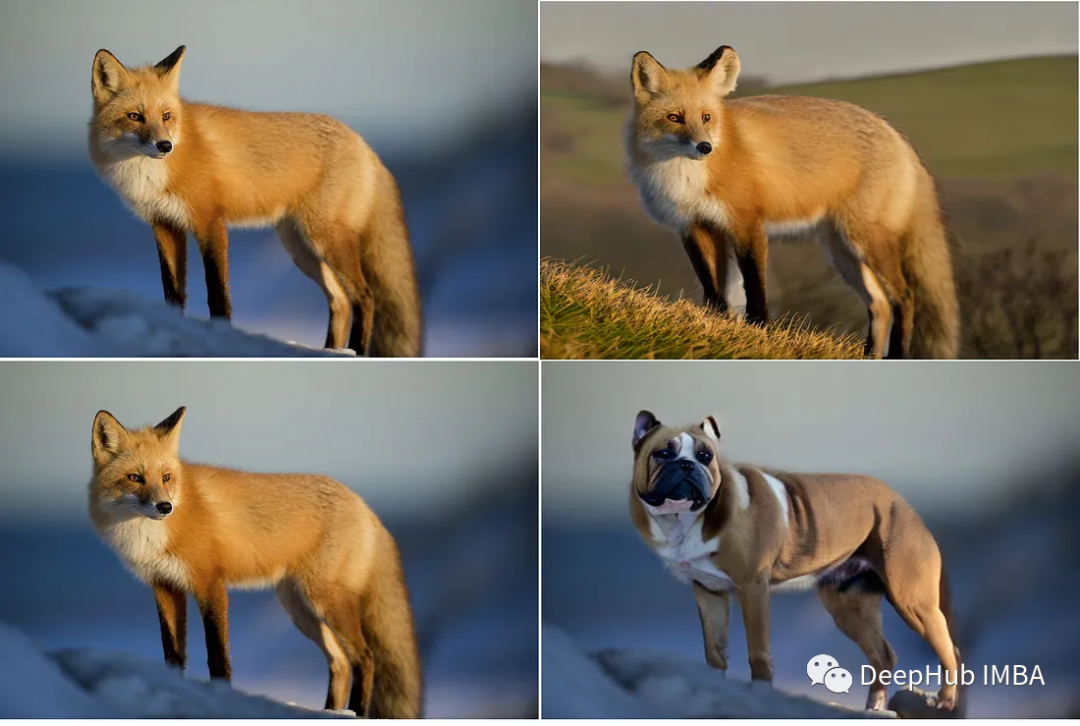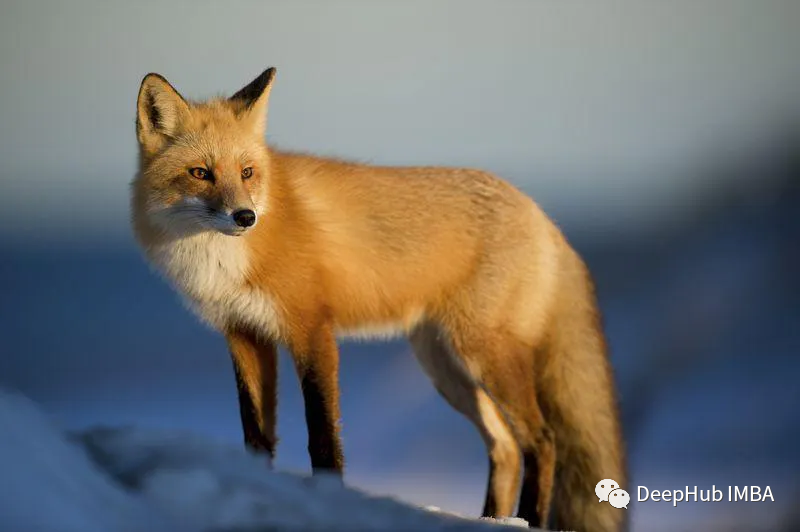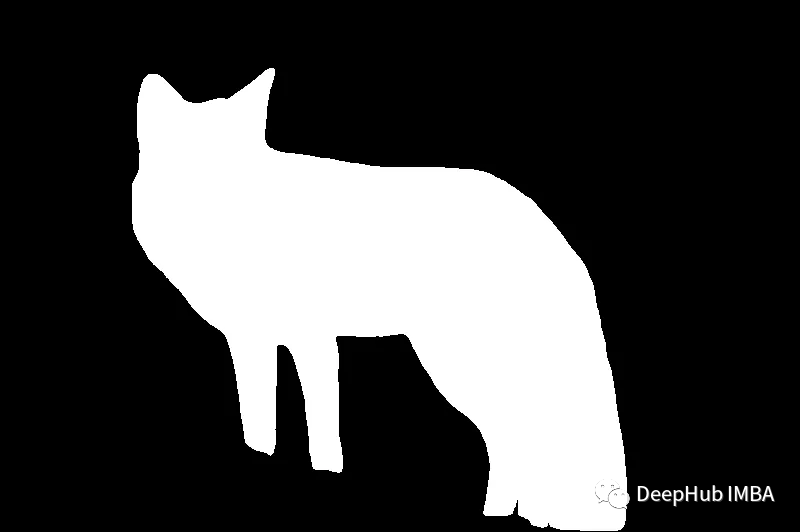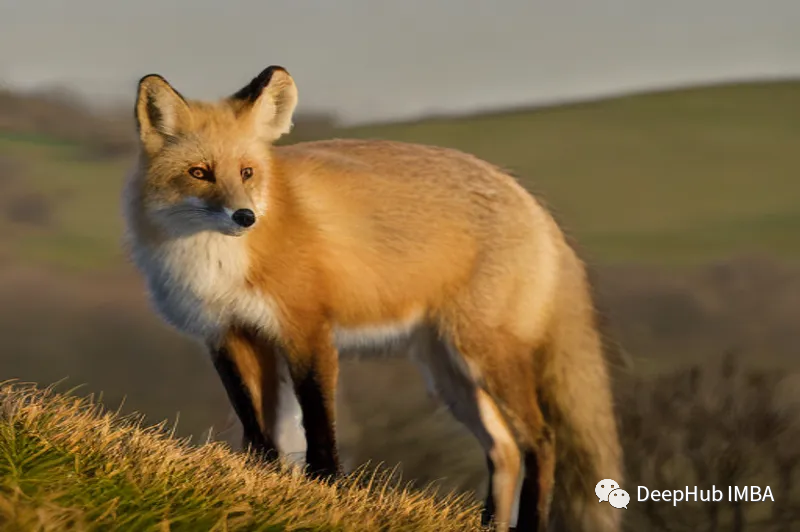热门标签
热门文章
- 1跨平台linux组态软件-紫金桥跨平台详细介绍
- 2基于matepath2vec元路径和attention机制transformer lstm 的用户电影推荐项目 有数据 代码_基于lstm算法的电影推荐系统如何实现
- 3【雷达】FMCW雷达系统信号处理建模与matlab仿真_毫米波雷达信号处理仿真
- 4Neo4j如何使用Data Fabric技术编织万亿图数据_类似数据编织产品有哪些
- 5文本纠错与BERT的最新结合,Soft-Masked BERT_文本纠错模型 训练
- 6FPGA-DDS原理及实现_fpga上的dds
- 7LSTM 和 Bi-LSTM_bi-lstm是谁提出的
- 8基于Python爬虫江西南昌景点数据可视化系统设计与实现(Django框架) 研究背景与意义、国内外研究现状_数据可视化及其在旅游领域的应用研究
- 9Actor 分布式并行计算模型: The Actor Model for Concurrent Computation
- 10springboot实战(七)之jackson配置前后端交互下划线转驼峰&对象序列化与反序列化_jackson下划线转驼峰
当前位置: article > 正文
使用Dino+SAM+Stable diffusion 自动进行图片的修改_stablediffusion换背景
作者:Cpp五条 | 2024-03-25 02:53:14
赞
踩
stablediffusion换背景
SAM 是Mata发布的“Segment Anything Model”可以准确识别和提取图像中的对象。 它可以分割任何的图片,但是如果需要分割特定的物体,则需要需要点、框的特定提示才能准确分割图像。 所以本文将介绍一种称为 Grounding Dino 的技术来自动生成 SAM 进行分割所需的框。

除了分割以外,我们还可以通过将 SAM 与 Grounding Dino 和 Stable Diffusion 相结合,获得高度准确图像分割结果,并且对分割后的图像进行细微的更改。
下面就是我们需要的所有的包:
`%cd /content
!git clone https://github.com/IDEA-Research/Grounded-Segment-Anything
%cd /content/Grounded-Segment-Anything
!pip install -q-r requirements.txt
%cd /content/Grounded-Segment-Anything/GroundingDINO
!pip install -q .
%cd /content/Grounded-Segment-Anything/segment_anything
!pip install -q .
%cd /content/Grounded-Segment-Anything
- 1
- 2
- 3
- 4
- 5
- 6
- 7
- 8
- 9
- 10
- 11
导入必要的包:
importos, sys sys.path.append(os.path.join(os.getcwd(), "GroundingDINO")) importargparse importcopy fromIPython.displayimportdisplay fromPILimportImage, ImageDraw, ImageFont fromtorchvision.opsimportbox_convert # Grounding DINO importGroundingDINO.groundingdino.datasets.transformsasT fromGroundingDINO.groundingdino.modelsimportbuild_model fromGroundingDINO.groundingdino.utilimportbox_ops fromGroundingDINO.groundingdino.util.slconfigimportSLConfig fromGroundingDINO.groundingdino.util.utilsimportclean_state_dict, get_phrases_from_posmap fromGroundingDINO.groundingdino.util.inferenceimportannotate, load_image, predict importsupervisionassv # segment anything fromsegment_anythingimportbuild_sam, SamPredictor importcv2 importnumpyasnp importmatplotlib.pyplotasplt # diffusers importPIL importrequests importtorch fromioimportBytesIO fromdiffusersimportStableDiffusionInpaintPipeline fromhuggingface_hubimporthf_hub_download
- 1
- 2
- 3
- 4
- 5
- 6
- 7
- 8
- 9
- 10
- 11
- 12
- 13
- 14
- 15
- 16
- 17
- 18
- 19
- 20
- 21
- 22
- 23
- 24
- 25
- 26
- 27
- 28
- 29
- 30
- 31
- 32
- 33
- 34
- 35
- 36
- 37
然后我们设置处理的设备:
device = torch.device('cuda' if torch.cuda.is_available() else 'cpu')
- 1
然后我们创建一个 GroundingDino 模型的实例。
defload_model_hf(repo_id, filename, ckpt_config_filename, device='cpu'): cache_config_file=hf_hub_download(repo_id=repo_id, filename=ckpt_config_filename) args=SLConfig.fromfile(cache_config_file) args.device=device model=build_model(args) cache_file=hf_hub_download(repo_id=repo_id, filename=filename) checkpoint=torch.load(cache_file, map_location=device) log=model.load_state_dict(clean_state_dict(checkpoint['model']), strict=False) print("Model loaded from {} \n => {}".format(cache_file, log)) _=model.eval() returnmodel ckpt_repo_id="ShilongLiu/GroundingDINO" ckpt_filenmae="groundingdino_swinb_cogcoor.pth" ckpt_config_filename="GroundingDINO_SwinB.cfg.py" groundingdino_model=load_model_hf(ckpt_repo_id, ckpt_filenmae, ckpt_config_filename, device)
- 1
- 2
- 3
- 4
- 5
- 6
- 7
- 8
- 9
- 10
- 11
- 12
- 13
- 14
- 15
- 16
- 17
- 18
- 19
下面开始创建SAM 模型,定义模型并创建一个实例。
! wget https://dl.fbaipublicfiles.com/segment_anything/sam_vit_h_4b8939.pth
sam_checkpoint ='sam_vit_h_4b8939.pth'
sam_predictor = SamPredictor(build_sam(checkpoint=sam_checkpoint).to(device))
- 1
- 2
- 3
- 4
- 5
这里我们使用与训练的 vit_h 模型,下面就是扩散模型了:
sd_pipe=StableDiffusionInpaintPipeline.from_pretrained(
"stabilityai/stable-diffusion-2-inpainting",
torch_dtype=torch.float16,
).to(device)
- 1
- 2
- 3
- 4
然后我们开始测试:
# Load image defdownload_image(url, image_file_path): r=requests.get(url, timeout=4.0) ifr.status_code!=requests.codes.ok: assertFalse, 'Status code error: {}.'.format(r.status_code) withImage.open(BytesIO(r.content)) asim: im.save(image_file_path) print('Image downloaded from url: {} and saved to: {}.'.format(url, image_file_path)) local_image_path="assets/inpaint_demo.jpg" image_url="https://images.rawpixel.com/image_800/cHJpdmF0ZS9sci9pbWFnZXMvd2Vic2l0ZS8yMDIyLTA1L3Vwd2s2MTc3Nzk0MS13aWtpbWVkaWEtaW1hZ2Uta293YnN1MHYuanBn.jpg" download_image(image_url, local_image_path) image_source, image=load_image(local_image_path) Image.fromarray(image_source)
- 1
- 2
- 3
- 4
- 5
- 6
- 7
- 8
- 9
- 10
- 11
- 12
- 13
- 14
- 15
- 16
- 17

先使用Grounding Dino 进行检测:
# detect object using grounding DINO
defdetect(image, text_prompt, model, box_threshold=0.3, text_threshold=0.25):
boxes, logits, phrases=predict(
model=model,
image=image,
caption=text_prompt,
box_threshold=box_threshold,
text_threshold=text_threshold
)
annotated_frame=annotate(image_source=image_source, boxes=boxes, logits=logits, phrases=phrases)
annotated_frame=annotated_frame[...,::-1] # BGR to RGB
returnannotated_frame, boxes
annotated_frame, detected_boxes=detect(image, text_prompt="bench", model=groundingdino_model)
Image.fromarray(annotated_frame)
- 1
- 2
- 3
- 4
- 5
- 6
- 7
- 8
- 9
- 10
- 11
- 12
- 13
- 14
- 15
让我们看看结果:

然后使用 SAM 分割这个狐狸:
defsegment(image, sam_model, boxes): sam_model.set_image(image) H, W, _=image.shape boxes_xyxy=box_ops.box_cxcywh_to_xyxy(boxes) *torch.Tensor([W, H, W, H]) transformed_boxes=sam_model.transform.apply_boxes_torch(boxes_xyxy.to(device), image.shape[:2]) masks, _, _=sam_model.predict_torch( point_coords=None, point_labels=None, boxes=transformed_boxes, multimask_output=False, ) returnmasks.cpu() defdraw_mask(mask, image, random_color=True): ifrandom_color: color=np.concatenate([np.random.random(3), np.array([0.8])], axis=0) else: color=np.array([30/255, 144/255, 255/255, 0.6]) h, w=mask.shape[-2:] mask_image=mask.reshape(h, w, 1) *color.reshape(1, 1, -1) annotated_frame_pil=Image.fromarray(image).convert("RGBA") mask_image_pil=Image.fromarray((mask_image.cpu().numpy() *255).astype(np.uint8)).convert("RGBA") returnnp.array(Image.alpha_composite(annotated_frame_pil, mask_image_pil)) segmented_frame_masks=segment(image_source, sam_predictor, boxes=detected_boxes) annotated_frame_with_mask=draw_mask(segmented_frame_masks[0][0], annotated_frame) Image.fromarray(annotated_frame_with_mask)
- 1
- 2
- 3
- 4
- 5
- 6
- 7
- 8
- 9
- 10
- 11
- 12
- 13
- 14
- 15
- 16
- 17
- 18
- 19
- 20
- 21
- 22
- 23
- 24
- 25
- 26
- 27
- 28
- 29
这样就可以通过上面的分割结果为的扩散模型生成掩码:
# create mask images
mask=segmented_frame_masks[0][0].cpu().numpy()
inverted_mask= ((1-mask) *255).astype(np.uint8)
image_source_pil=Image.fromarray(image_source)
image_mask_pil=Image.fromarray(mask)
inverted_image_mask_pil=Image.fromarray(inverted_mask)
display(*[image_source_pil, image_mask_pil, inverted_image_mask_pil])
- 1
- 2
- 3
- 4
- 5
- 6
- 7
- 8
- 9
- 10
- 11

绘时我们还需要一个背景的掩码,这个就是上面掩码的反操作

defgenerate_image(image, mask, prompt, negative_prompt, pipe, seed):
# resize for inpainting
w, h=image.size
in_image=image.resize((512, 512))
in_mask=mask.resize((512, 512))
generator=torch.Generator(device).manual_seed(seed)
result=pipe(image=in_image, mask_image=in_mask, prompt=prompt, negative_prompt=negative_prompt, generator=generator)
result=result.images[0]
returnresult.resize((w, h))
- 1
- 2
- 3
- 4
- 5
- 6
- 7
- 8
- 9
- 10
- 11
- 12
然后我们可以开始改图,输入一个提示:
prompt=" a brown bulldog"
negative_prompt="low resolution, ugly"
seed=-1# for reproducibility
generated_image=generate_image(image=image_source_pil, mask=image_mask_pil, prompt=prompt, negative_prompt=negative_prompt, pipe=sd_pipe, seed=seed)
generated_image
- 1
- 2
- 3
- 4
- 5
- 6

或者用上面的背景掩码来修改背景:
prompt="a hill with grasses ,weak sunlight "
negative_prompt="people, low resolution, ugly"
seed=32# for reproducibility
generated_image=generate_image(image_source_pil, inverted_image_mask_pil, prompt, negative_prompt, sd_pipe, seed)
generated_image
- 1
- 2
- 3
- 4
- 5
- 6

可以看到效果还是很好的
SAM、Grounding Dino 和 Stable Diffusion 的组合为我们提供了强大的工具。这些技术为探索令人兴奋的图像处理世界提供了坚实的基础 并为艺术家和开发者提供巨大的创造潜力。
如果你想在线测试,这里有完整的源代码:
https://avoid.overfit.cn/post/e9e083807a434935910c8116c85c8375
作者:Amir Shakiba
声明:本文内容由网友自发贡献,不代表【wpsshop博客】立场,版权归原作者所有,本站不承担相应法律责任。如您发现有侵权的内容,请联系我们。转载请注明出处:https://www.wpsshop.cn/w/Cpp五条/article/detail/306532
推荐阅读
相关标签



